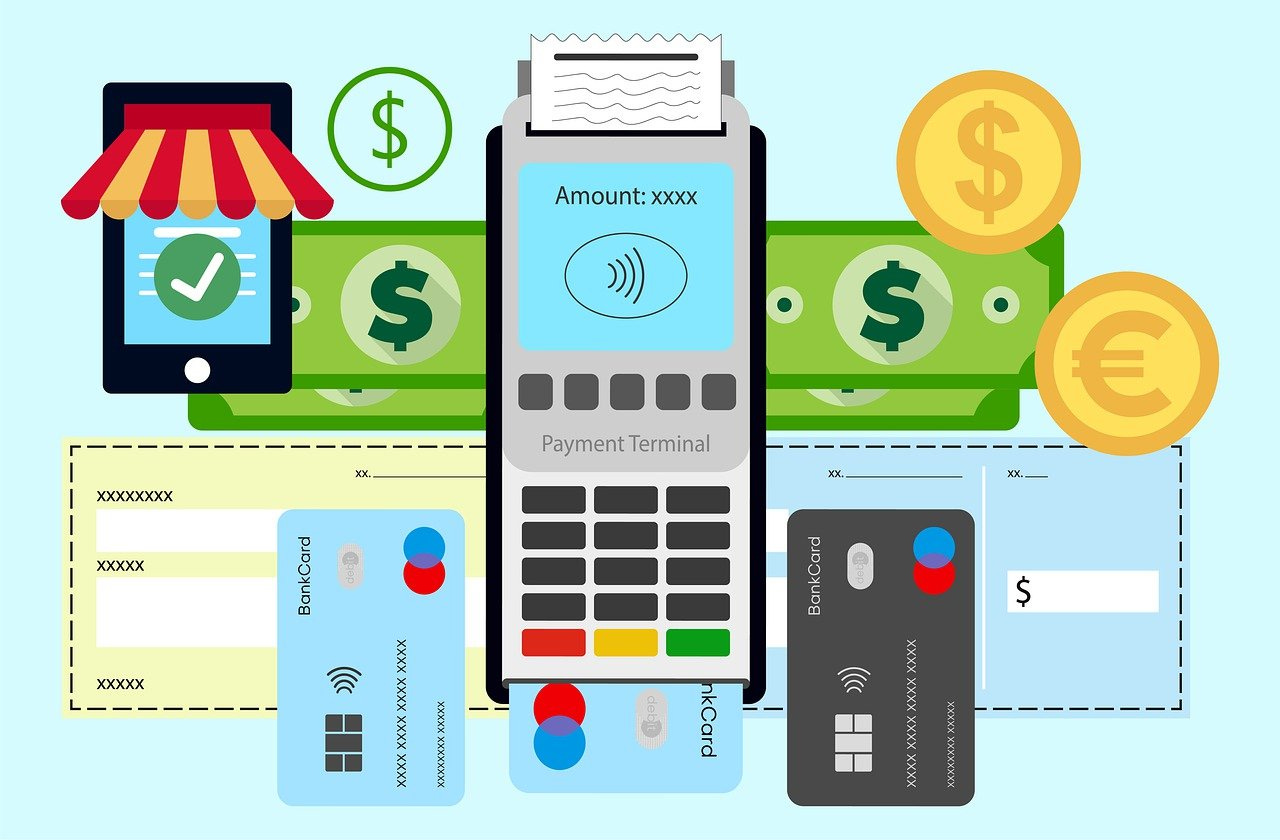Cross-Border Transaction Fees: Navigating the Complex World of International Payments
Understanding the Global Payment Landscape
Cross-border transaction fees represent a significant cost component in international commerce, with global cross-border payments revenues exceeding $200 billion annually. For Australian businesses expanding internationally, understanding these fees is crucial for maintaining competitive margins and optimizing payment strategies. The complexity of these transactions extends beyond simple currency conversion, encompassing a web of intermediary charges, regulatory requirements, and varying payment infrastructures.
The Core Components of Cross-Border Fees
Cross-border payments typically involve three primary fee components. First, interchange fees flow from acquiring banks to issuing banks, representing the largest portion of the cost. Second, scheme fees are charged by payment networks for utilizing their infrastructure. Third, acquirer margins add another layer of costs through payment service providers. In Australia, the Reserve Bank has implemented caps for credit cards and debit card transactions, providing some predictability in domestic transactions. However, international payments often exceed these thresholds due to additional complexities.
Regional Variations and Market Dynamics
The fee structure varies significantly across regions. The European Union has implemented strict interchange caps, while the United States maintains a less regulated environment. The Asia-Pacific region, including Australia, sits between these extremes, with a mix of regulated and market-driven fees. This regional diversity creates both challenges and opportunities for businesses operating across multiple jurisdictions.
The Impact of Payment Methods
Different payment methods carry varying fee structures in cross-border transactions. Credit cards, particularly premium rewards cards, typically incur the highest fees but offer broader acceptance. Debit cards generally present lower fees but may face limited international acceptance. Alternative payment methods, including digital wallets and real-time payment systems, are emerging as cost-effective solutions, though their availability varies by market.
Hidden Costs and Operational Considerations
Beyond the obvious transaction fees, businesses must account for several hidden costs. Failed transaction fees and declined payment charges can significantly impact overall costs, with recent studies showing global losses of $118.5 billion due to failed payments. Settlement timing affects working capital management, while compliance and monitoring costs add to the operational burden. The Asia-Pacific region suffered the largest share of these losses at $43.7 billion, highlighting the importance of robust payment systems.
Technology Solutions and Payment Optimization
Payment orchestration platforms (POPs) have emerged as a powerful tool for managing cross-border payments efficiently. These platforms connect multiple payment providers, optimize routing, and boost acceptance rates through a single interface. For Australian businesses, POPs can provide access to local payment methods across different markets while simplifying reconciliation and reducing operational complexity.
Regulatory Compliance and Risk Management
The regulatory landscape for cross-border payments continues to evolve. In Australia, AUSTRAC requirements must be considered alongside international regulations like GDPR in Europe and various state-level requirements in the US. Payment service providers must navigate these complex regulatory frameworks while maintaining efficient payment flows. Recent initiatives like the EU's simplified VAT rules demonstrate how regulatory changes can impact cross-border payment strategies.
Future Trends and Innovation
The cross-border payments landscape is being transformed by technological innovation. Real-time payments, and improved infrastructure are creating opportunities for more efficient and cost-effective international transactions. The growth of digital commerce, with global volumes expected to exceed $6 trillion by 2024, is driving demand for better cross-border payment solutions. Australian businesses are well-positioned to benefit from these innovations, particularly given the country's strong Fintech sector.
Conclusion
Managing cross-border transaction fees effectively requires a comprehensive understanding of the payment ecosystem and a strategic approach to payment optimization. For Australian businesses operating internationally, the key lies in selecting the right combination of payment methods, technology solutions, and banking partners. As the global payment landscape continues to evolve, how will your business adapt its payment strategy to optimize costs while maintaining competitive advantage in international markets?


